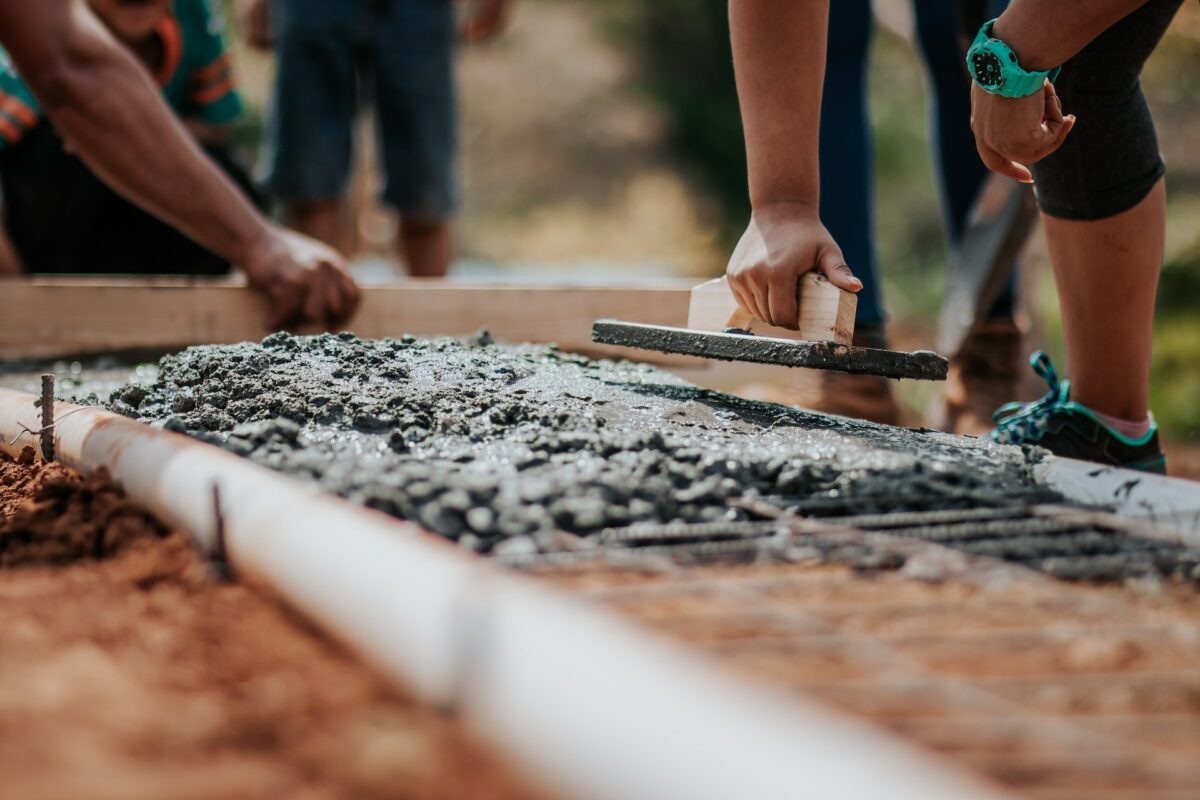What are Asbestos Containing Materials (ACM) and How Can We Protect Ourselves Against Them?

It can be difficult to understand what exactly asbestos is for someone unfamiliar with the mineral. However, a better way to understand the prevalence of asbestos, as well as its dangers, would be to first look at the materials that contain them.
Asbestos was a common material used in consumer products before the linkage between asbestos and lung cancer was discovered in the 1960s. The advent of conducting any asbestos risk assessment was not put in place until tighter restrictions were implemented under The Control of Asbestos at Work Regulations 1992.
While asbestos is highly controlled and restricted, it is still present in plenty of consumer products today, especially in construction materials. These are classified as Asbestos Containing Materials (ACM), and a few of them are mentioned below.
Why is Asbestos Used Despite its Risks?
Asbestos is used because it is a strong material that can also act as an insulator and protect against fires. It provides a cost-effective and fire-resistant material to use. It can also add to electrical, water, and chemical resistance.
A strong campaign by the Health and Safety Executive (HSE) deemed it as ‘the hidden killer,’ but that still does not sway it from being a fantastic construction material to use, despite its near-fatal health risks.
What Are Asbestos Containing Materials (ACMs)?
Asbestos is a widely used material, so it is impractical—and nigh impossible—to list all the products that may be ACMs. However, a general idea of ACMs can be given through a few examples of construction materials and other consumer goods that may contain asbestos.
- Tiles in Roofs, Ceilings and Floors
- Asbestos Cement
- Insulating Boards
- Coatings
- Fire Protection Equipment (Doors, Blankets)
- Piping
- Toilet Seats
- Sink Pads
- Window Sill
- Electrical Panels
It should also be noted that manufacturers in the United States are only required to warn about ACMs if they contain 1% or more asbestos in the product. In the UK, however, the use of asbestos has been banned since 1999, though there are plenty of materials that still might contain asbestos. This is also due to the nature of asbestos-related cancer, as it can take years or even decades for symptoms to be apparent.
Where Can You Find Asbestos?
Apart from materials, it is also necessary to keep an eye out for places where you may find asbestos in everyday materials, especially when cleaning and conducting maintenance on them.
Asbestos can often be found as a component in brake pads, clutch facings, and linings in automobiles. If you drive a vehicle every day, you don’t have that much of a risk of asbestos exposure, but the parts may have the asbestos material being collected around them due to normal wear and tear.
Pipes for hot water and steam are coated with asbestos material, or even may have asbestos tape applied to them. Construction materials, such as vinyl floor tiles or sheets may have asbestos, along with roof shingles and textured paint. It is recommended that proper measures be taken to protect oneself from exposure during maintenance, as well as conduct asbestos safety checks regularly.
How Do I Protect Myself Against Asbestos Exposure?
When removing asbestos materials, can release asbestos fibers that can lead to exposure when inhaled. For doing maintenance or removal work for ACMs, there are individual guidelines and safety measures, but for a person, the best bet is to use Personal Protective Equipment (PPE).
It is important to note that most PPE is disposals and is not meant to be reused, even if decontamination measures are taken.
Respirators
You cannot use just any face mask to protect yourself against asbestos fibers. You need a specific respirator mask that can be used to purify the air you breathe. A respirator has to be equipped with HEPA filter cartridges, which are colored purple. Other acceptable respirator ratings are N-100, P-100, or R-100 NIOSH. The filtered cartridges here are made specifically for asbestos filtering.
In some cases, a respirator might not be enough, as it offers limited protection. It also does not guarantee face protection due to some respirator masks not being a proper fit. It is important to keep the respirator fitting in check and make sure the seal is closed when worn.
Coveralls, Skin Protection & Disposal
Every time you enter and leave the work area for working on asbestos material, you need to put in disposable coveralls that do not have any holes or crevices that may allow any air inside. Rubber boots and disposable gloves are also needed for additional protection to avoid exposure through the wear of the material.
Disposing of any asbestos material also requires a designated asbestos waste bag. Proper decontamination has to be carried out on the exit as well. The coverall suits are not designed to be breathable, so that has to be considered beforehand.
Conclusion
ACMs are all over the place, and asbestos itself is a very dangerous material dubbed ‘the hidden killer’ by the HSE. So, if you are working anywhere near asbestos, it is important to both know about it and be able to protect yourself from it.











Responses